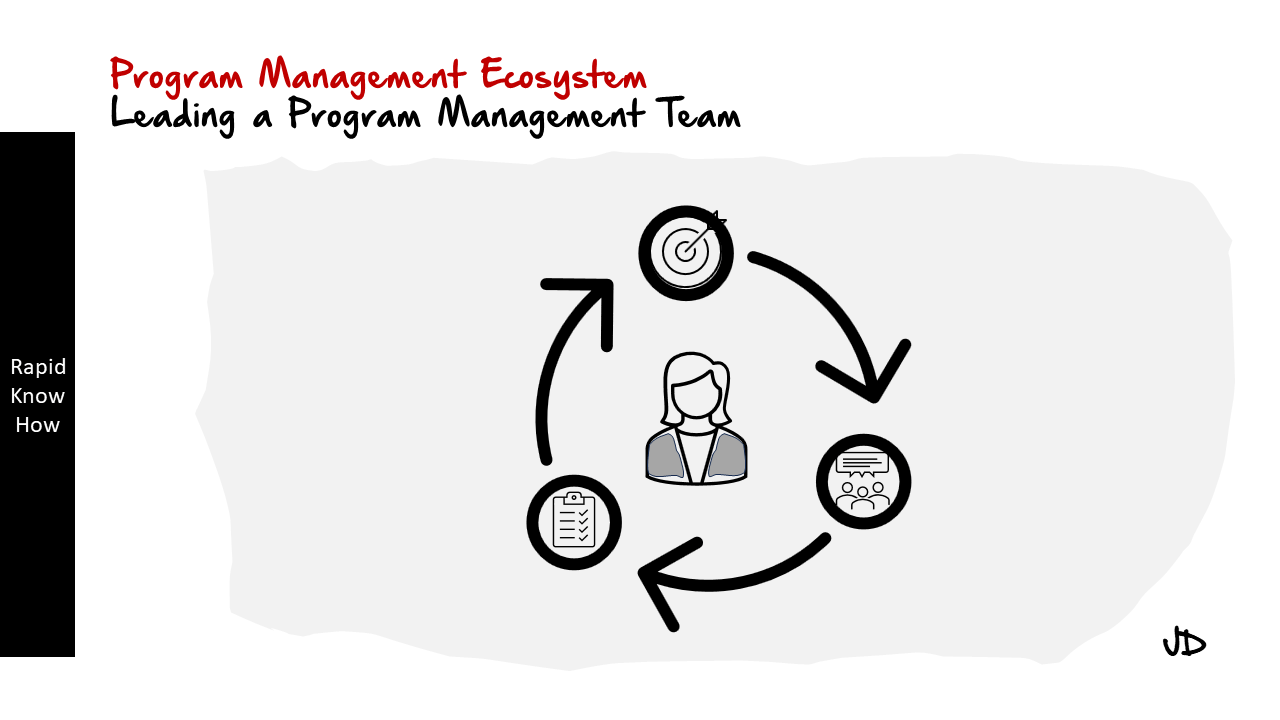Short answer: leaders who get “out in front” use three linked strategies
1) treat AI as a core strategic capability (not a point project),
2) organize to execute (people, product and platform), and
3) run rapid, responsible experimentation and scale.
Below are each strategy with concrete actions, success signals and common pitfalls.
1) Make AI a core strategic capability – What it means: explicitly embed AI into your business strategy and P&L priorities so decisions (investment, M&A, hiring) are aligned to AI-driven value.
– Actions:
– Define an AI vision tied to 2–3 measurable business outcomes (e.g., reduce service costs 20%, increase cross-sell by 15%).
– Map your value chain to find high-value AI use cases (lighthouse projects) and estimate ROI for each.
– Perform a data & tech maturity assessment; prioritize investments in the few data sources and systems that unlock most value.
– Set governance: an executive-level AI council, clear risk appetite, and ethics/privacy guardrails.
– Example: Retailer declares “AI-first personalization” strategy, focuses on personalization engine for top 10% SKUs that drive 60% of revenue.
– Success signals: prioritized portfolio of use cases with committed budgets, measurable pilots, data contracts in place.
– Pitfall: treating AI as a shiny add-on rather than tying it to measurable outcomes — leads to many experiments with no value.
2) Organize to execute: product + platform + people – What it means: build cross-functional teams, a reusable platform, and a talent pipeline so models go from idea to production quickly and safely.
– Actions:
– Create multidisciplinary “AI product teams” (PM, data engineer, ML engineer, domain SME, designer) responsible for outcomes.
– Invest in a basic MLOps/platform (data access layer, feature store, CI/CD for models, monitoring) to avoid reinventing per-project.
– Launch a targeted hiring and upskilling plan: senior ML/engineering hires + broad upskilling (citizen AI) for domain teams.
– Set incentives and KPIs for product teams tied to business metrics, not just model accuracy.
– Example: A bank forms a fraud-detection squad with a product owner and MLOps pipelines to reduce time-to-deploy from months to weeks.
– Success signals: reduced time-to-production, reuse of platform components, steady hiring/training pipeline.
– Pitfall: over-centralizing or over-decentralizing — avoid creating a monolith data team that becomes a bottleneck or dozens of isolated PoCs that never scale.
3) Experiment rapidly — but deploy responsibly and scale – What it means: run hypothesis-driven pilots fast, measure impact, and have the guardrails to scale safely and legally.
– Actions:
– Start with 2–3 calculable pilots (clear hypothesis, control group, evaluation window) and commit to go/no-go criteria.
– Implement A/B testing and real-world performance monitoring (drift, fairness, latency, business impact).
– Put in runtime guardrails: logging, explainability for critical decisions, rollback procedures, and compliance reviews.
– Build partnership channels (cloud vendors, startups, academia) to accelerate capability gaps.
– Example: Healthcare provider pilots an AI triage assistant in specific clinics, measures wait-time and diagnostic concordance before scaling.
– Success signals: pilots with statistically significant outcomes, automated monitoring in production, documented rollbacks and incident playbooks.
– Pitfall: premature scaling of unvalidated models or skipping monitoring/controls — can cause reputational or regulatory harm.
Quick 90-day sprinter plan for a leader
– Days 1–30: Set vision & priorities (pick 2 lighthouse use cases), convene executive AI council, run a fast data maturity check.
– Days 31–60: Stand up 1–2 product teams, hire/assign critical roles, spin up minimal MLOps tooling and data access for pilots.
– Days 61–90: Launch measurable pilots with A/B design, establish monitoring/guardrails, define go/no-go criteria and scaling roadmap.
KPIs to track (examples)
– Business KPIs: revenue impact, cost savings, conversion lift, time saved.
– Delivery KPIs: time-to-prototype, time-to-production, number of models in production, reuse of platform components.
– Risk/KPI: model drift rate, false positive/negative rates, compliance incidents, time-to-detect/mitigate issues.
Leadership behaviors that matter – Sponsor and be visibly involved; remove blockers. – Encourage experimentation and tolerate fast, contained failures. – Insist on measurable outcomes and ethical guardrails. – Communicate early wins and lessons broadly.
If you want, we can: – Draft a one-page AI strategy tied to your company’s top objectives. – Recommend a 2–3 lighthouse use-case shortlist based on your industry and size. Which would you prefer?





